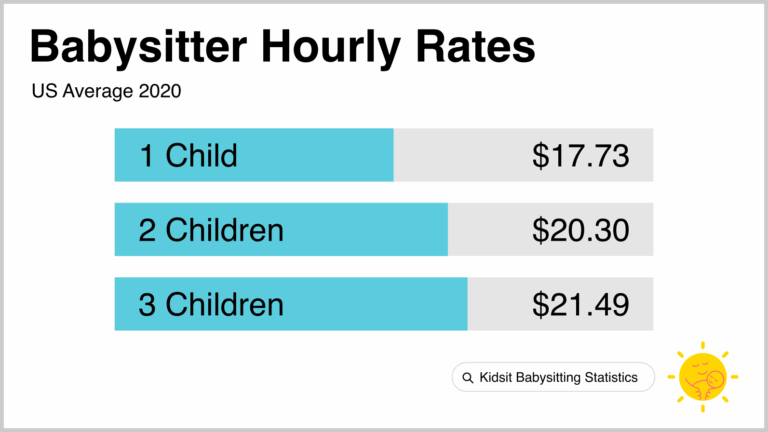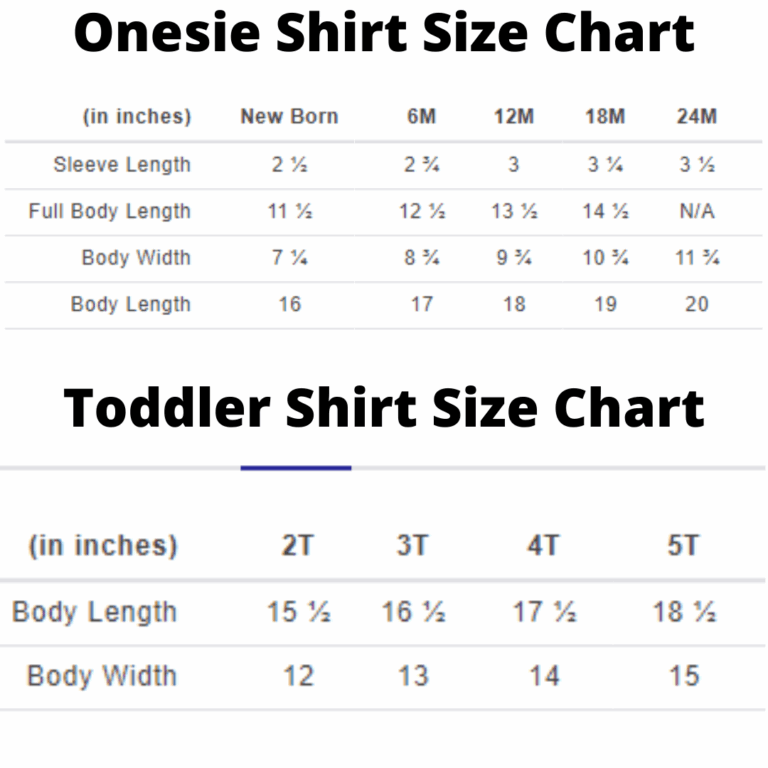Is the Easter Bunny Real? The History, Symbolism, and Cultural Significance of a Beloved Holiday Figure
The Easter Bunny, an iconic symbol of spring and the Easter holiday, has captured the imaginations of children and adults alike for centuries. Its origins shrouded in folklore and tradition, the Easter Bunny has evolved into a beloved cultural figure with a unique and enduring presence in our collective consciousness. From its historical roots to its contemporary interpretations, the Easter Bunny holds a special place in our hearts and minds, inviting us to explore the realms of imagination, belief, and the enduring power of tradition.
In this comprehensive guide, we will delve into the fascinating world of the Easter Bunny, tracing its historical origins, examining its cultural significance, and exploring the ongoing debate surrounding its reality. Along the way, we will uncover the symbolism associated with this beloved figure, its role in Easter celebrations, and its enduring appeal as a harbinger of spring and new beginnings.
Is The Easter Bunny Real?

The Easter Bunny is a beloved figure associated with the holiday of Easter, bringing joy and excitement to children worldwide. But is the Easter Bunny a real creature, or simply a mythical character? Let’s dive into the origins and evidence surrounding this iconic symbol of the Easter season.
The Origins of the Easter Bunny
The roots of the Easter Bunny can be traced back to ancient pagan traditions. In many cultures, rabbits and hares were symbols of fertility and new life. As Christianity spread, these symbols were incorporated into the celebration of Easter, representing the resurrection of Jesus Christ and the renewal of life.
Evidence for the Easter Bunny’s Existence
While there is no scientific proof to support the physical existence of the Easter Bunny, there is plenty of anecdotal evidence that suggests otherwise. Children across the globe have reported sightings of the Easter Bunny, often leaving behind baskets filled with chocolate eggs and treats. Additionally, the tradition of hiding Easter eggs for children to find on Easter morning has been passed down through generations, further solidifying the belief in the Easter Bunny.
The Cultural Significance of the Easter Bunny
Regardless of its physical existence, the Easter Bunny holds immense cultural significance. It represents the joy, hope, and magic associated with the Easter holiday. The tradition of the Easter Bunny has become an integral part of Easter celebrations, bringing smiles to children’s faces and creating lasting memories.
The Conclusion
Whether or not the Easter Bunny is a real creature is a matter of personal belief. However, the enduring popularity and cultural impact of this beloved figure demonstrate its importance in the Easter tradition. The Easter Bunny symbolizes the spirit of Easter, bringing joy, excitement, and a sense of wonder to children and adults alike.
Helpful Answers
Is the Easter Bunny real?
The reality of the Easter Bunny is a matter of personal belief and interpretation. While there is no scientific evidence to support its physical existence, the Easter Bunny remains a beloved cultural figure, embodying the spirit of spring and the joy of Easter celebrations.
What is the origin of the Easter Bunny?
The origins of the Easter Bunny can be traced back to ancient pagan traditions and the symbolism of fertility and new life associated with the arrival of spring. Over time, these traditions blended with Christian beliefs, and the Easter Bunny emerged as a symbol of the holiday, bringing gifts and joy to children.
What are the physical characteristics of the Easter Bunny?
The Easter Bunny is typically depicted as a white or brown rabbit with long ears, a fluffy tail, and a friendly expression. It is often shown wearing colorful clothing, such as a waistcoat or bonnet, and carrying a basket filled with Easter eggs.
What is the role of the Easter Bunny in Easter celebrations?
The Easter Bunny plays a central role in Easter festivities, particularly among children. It is said to visit homes on the night before Easter, hiding colorful eggs for children to find on Easter morning. The Easter Bunny also serves as a symbol of the holiday’s themes of renewal, rebirth, and the joy of springtime.





